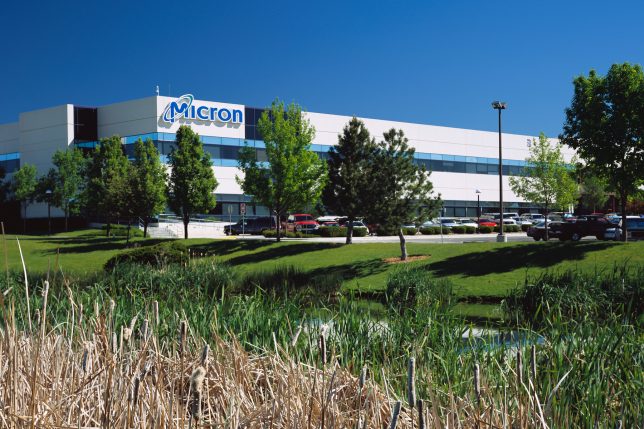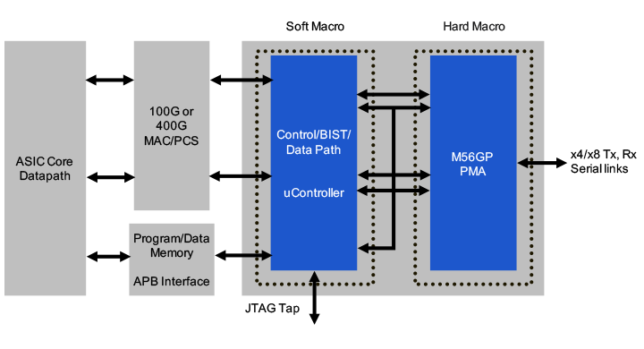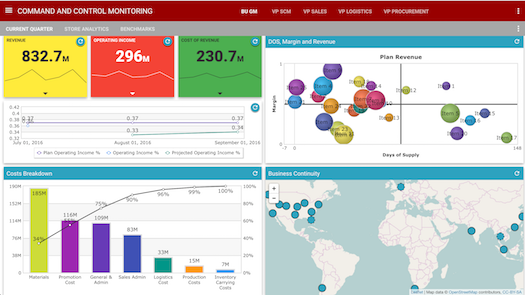TORONTO — On the heels of shaking up its partnership with Intel, Micron Technology Chief Technology Officer Ernie Maddock took the stage at the J.P. Morgan 16th Annual Tech Forum at the 2018 International CES to field questions about the road ahead.
In a Q&A and session moderated by Harlan Sur, analyst for U.S. Semiconductor and Semiconductor Capital Equipment Research at J.P. Morgan, Maddock emphasized that the update to Micron’s working relationship with Intel is only related to NAND development.
At the top of the week, the companies announced they have mutually agreed to work independently on future generations of 3D NAND. Micron and Intel will complete development of their third-gen 3D NAND technology toward the end of the year and into 2019. Maddock said based on evolving roadmaps and the needs of each company’s respective markets, it made sense to diverge for the next node.
Read the full article over at EE Times.
Gary Hilson is a freelance writer with a focus on B2B technology, including information technology, cybersecurity, and semiconductors.









